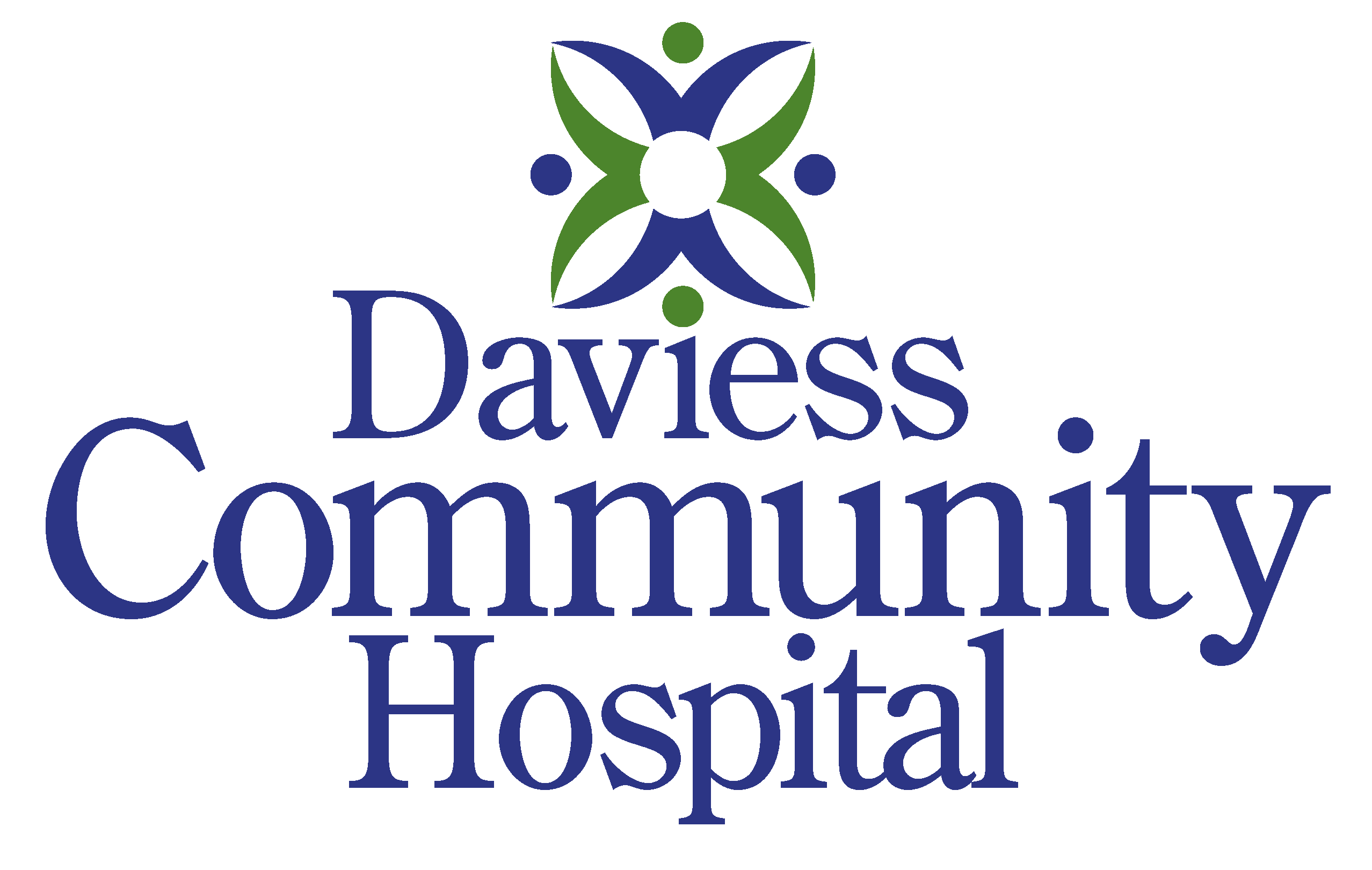
Joint Mobilization
Skilled, hands-on therapy to reduce pain and restore motion
At Daviess Community Hospital’s CORE Center, joint mobilization is one of the evidence-informed manual therapy techniques our therapists may use to help you move comfortably again. Using precise, graded movements applied to a stiff or painful joint, joint mobilization can reduce pain, improve range of motion, and restore healthy joint mechanics so you can return to the activities that matter. Care is available in Washington and Odon, Indiana, and we welcome patients from Daviess County and across Southern Indiana.
What is joint mobilization?
Joint mobilization is a skilled, passive movement applied by a therapist to a specific joint. By stabilizing one part of the joint and gently moving the other in a precise direction and grade, your therapist can:
- Decrease pain and guarding
- Improve physiologic motion (the movements you do voluntarily)
- Restore accessory motion (small rolls, glides, and spins inside the joint that you cannot do on your own)
When accessory motion is limited by injury, surgery, or immobilization, everyday movement becomes stiff and painful. Joint mobilization helps restore that missing glide—so motion feels easier and more natural.
Who may benefit
Your therapist may include joint mobilization as part of a personalized plan when joint stiffness or pain limits function, including:
- Shoulder pain, impingement, adhesive capsulitis (frozen shoulder)
- Neck and back pain, facet joint restriction, postural stiffness
- Hip and knee osteoarthritis-related stiffness; post-surgical joint tightness (per protocol)
- Ankle sprains/instability and subtalar mobility limits
- Elbow and wrist/hand pain (e.g., tennis elbow, carpal region stiffness)
- Plantar fasciitis/foot mobility restrictions
- Restricted motion after immobilization (cast/brace) or repetitive strain
Not every condition requires mobilization. Your therapist will determine whether it is appropriate and how it fits with exercise, posture training, and activity progression.
How joint mobilization helps
- Reduces pain and muscle guarding around the joint
- Restores accessory glide so voluntary motion improves
- Improves joint nutrition and cartilage health through gentle movement
- Pairs with strengthening and motor control to keep motion gains
Mobilization can be performed with oscillatory (rhythmic) or sustained holds at specific grades; in select cases, a quick, small-amplitude thrust (manipulation) may be used by appropriately trained clinicians when indicated and consented.
What to expect
Evaluation
Your visit begins with a focused assessment of symptoms, posture, movement quality, and joint mobility. We identify the motions and activities you want to regain (reaching, walking, lifting, sport).
Treatment
Your therapist stabilizes one part of the joint and applies graded, targeted forces to the other in the direction of stiffness. Mobilization is typically combined with stretching, muscle activation, and functional exercise to reinforce improved motion.
Comfort & frequency
Most people feel gentle pressure or “good movement” without sharp pain. Visit frequency varies by condition and goals; your therapist will outline a plan and expected timeline after your evaluation.
Home plan
You’ll receive simple mobility drills, posture/breathing strategies, and activity guidance to maintain gains between visits.
FAQs
Is joint mobilization invasive?
No. It is a
hands-on, non-invasive technique performed by a licensed therapist.
Will it hurt?
Mobilization should be
comfortable. You may feel mild, short-lived soreness as motion improves. We adjust
technique to your comfort and response.
How is it different from manipulation?
Mobilization uses
slower graded movements; manipulation is a
small, high-speed thrust used selectively when appropriate and consented.
How many sessions will I need?
It depends on your condition, goals, and response to care. Your therapist
will discuss a plan and expected timeline after your evaluation.
Conditions we often address with joint mobilization
- Shoulder impingement, frozen shoulder
- Neck or low-back pain with facet restriction
- Hip or knee stiffness (including osteoarthritis-related)
- Ankle sprain/instability; limited dorsiflexion
- Tennis elbow and wrist/hand stiffness
- Plantar fasciitis/foot mobility limits
- Post-immobilization or post-surgical stiffness
Joint mobilization is typically one part of a comprehensive plan that includes exercise, motor control, and activity modification for long-term results.
Locations and scheduling
CORE Center | 421 E. Van Trees Street, Washington, IN
CORE Center at North Daviess | 800 S. West Street, Odon, IN
Call
(812) 254-8889 to schedule an evaluation or ask about referral requirements.
We serve patients from
Washington, Odon, Jasper, Vincennes, Loogootee, Petersburg, Bloomfield, and neighboring communities across
Southern Indiana.


